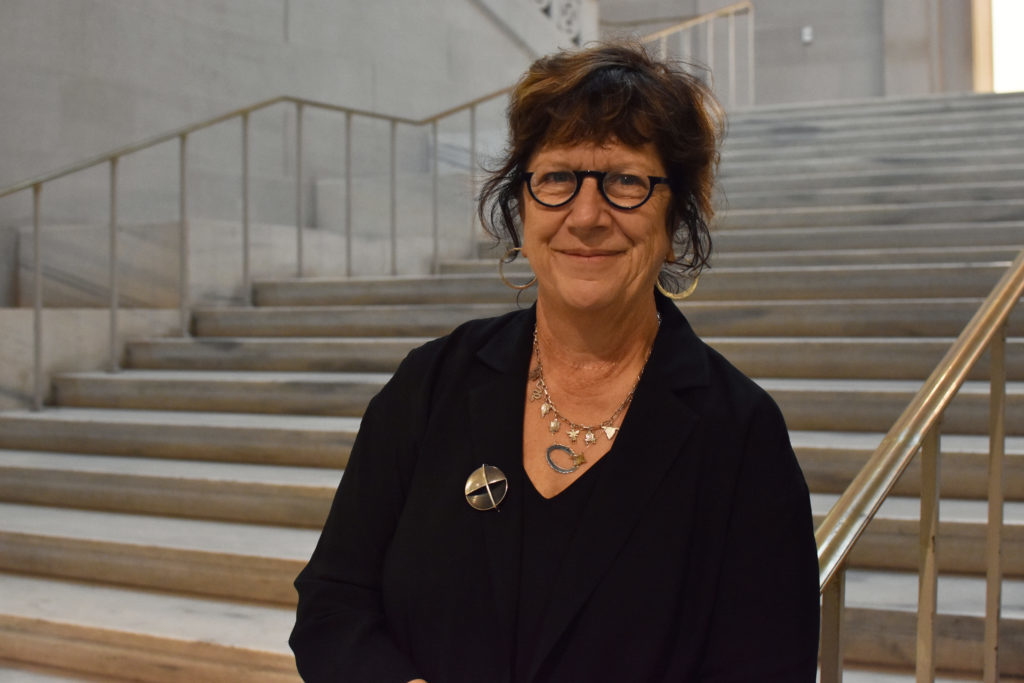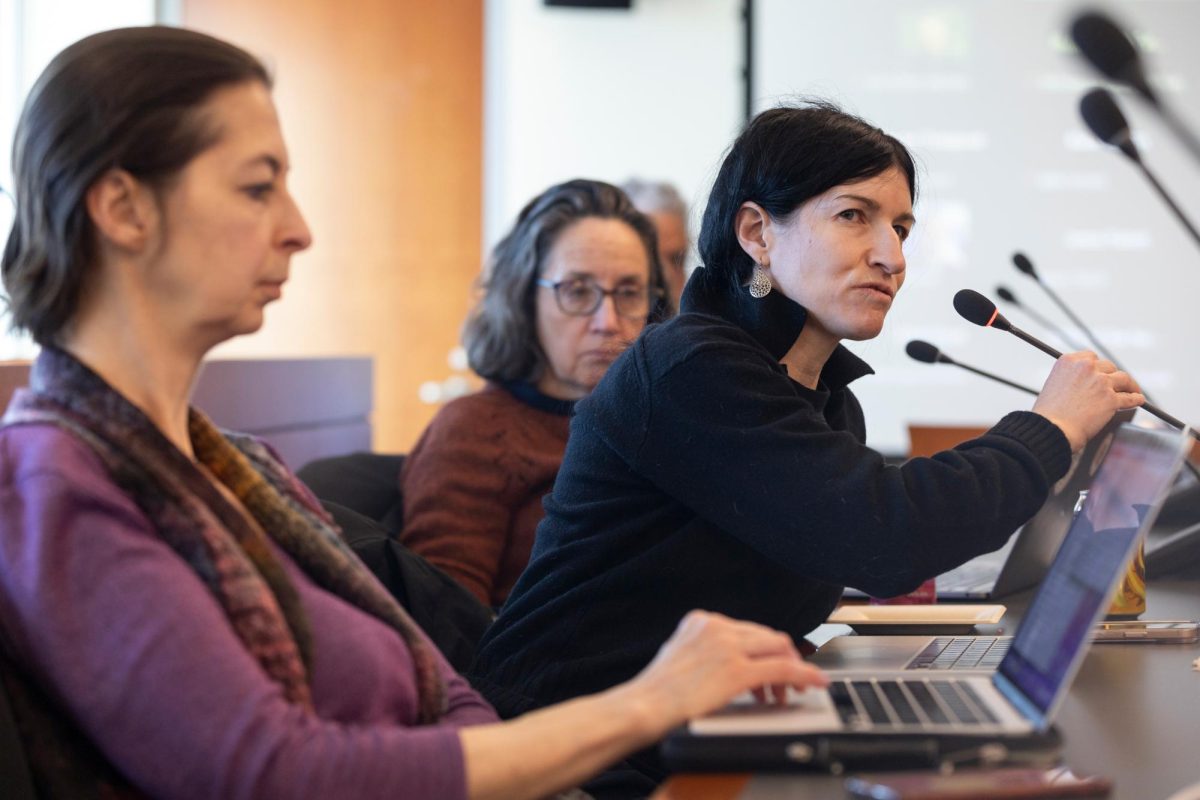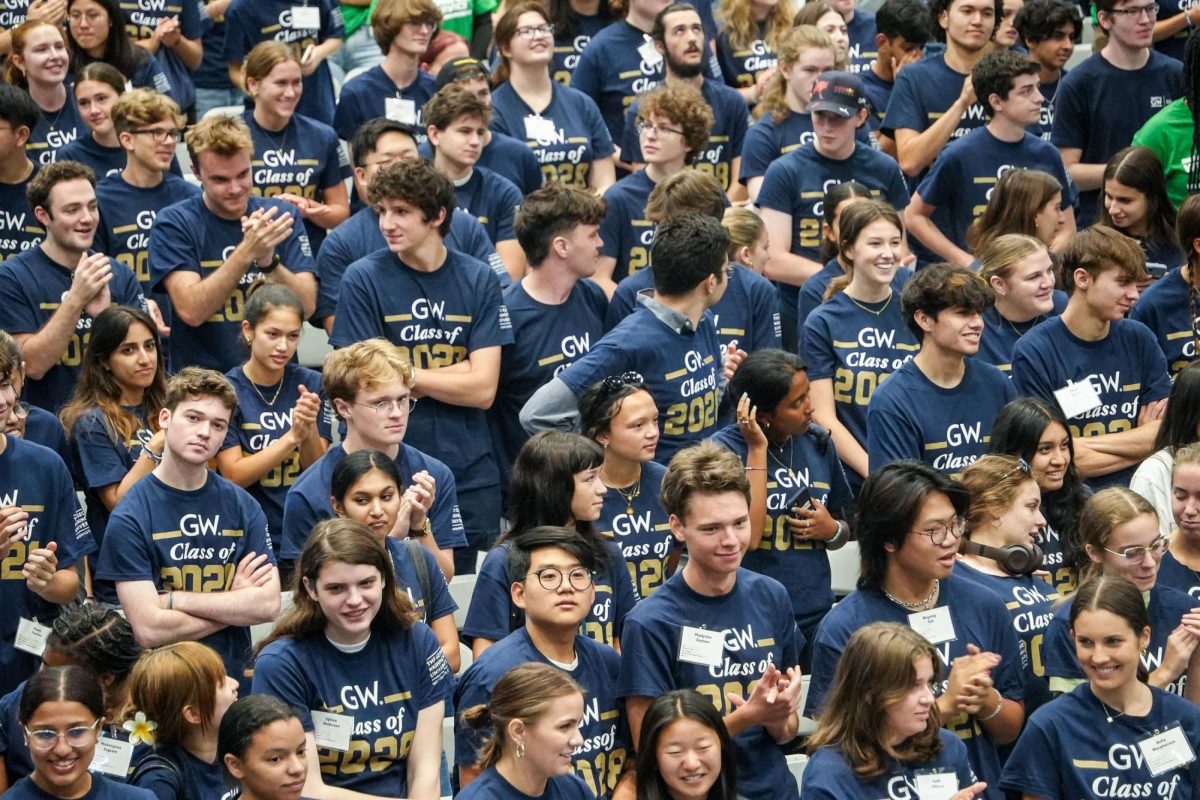Corcoran School of the Arts and Design officials are now accepting applications for a new Master of Fine Arts program in social practice.
Corcoran officials will offer the program – which aims to connect art, public policy and collective action – for the first time next fall for interested students, according to the school’s website. Officials said the program will allow Corcoran students to get involved in a “fundamentally interdisciplinary” program and gain experience in fields, like the history and theory of socially-engaged art, that they would usually only receive from pursuing multiple degrees.
Kym Rice, the school’s interim director, said officials spent three years developing the two-year, 60-credit program’s curriculum after noticing increasing demand from faculty and students interested in creating art to affect social justice.
“Students will develop a strong foundation in the history, theory and methodologies of socially engaged art while engaging in areas of study across the Columbian College of Arts and Sciences,” she said in an email.
Corcoran officials created the degree to foster dialogue on how creative forms can be utilized to affect policy and create social change, according to the website. Applications for the first class of students will close next April, the website states.
Rice said officials have not hired any new faculty in conjunction with offering the program. Nine current Corcoran faculty will constitute core faculty for the social practice program, the website states.
She said the school has partnered with several other GW schools and departments – like the Trachtenberg School of Public Policy and Public Administration, the philosophy department and the Women’s, Gender and Sexuality Studies program – to offer courses like Poverty and Social Welfare Policy to Corcoran students pursuing the new degree in social practice.
“Courses are designed to set up dialogues on how creative practices can be used to produce change,” Rice said.
Rice said it is too early in the application window to tell how many students will apply, but officials have noted strong student interest so far.
Arts school experts said the degree is part of a nationwide trend among art schools to offer degrees in social practice for students to explore interdisciplinary approaches to art and design with public policy.
Naoko Wowsugi, a professorial lecturer of art at American University, said GW attracts students interested in public policy by virtue of its location in the District. She said D.C. is the “perfect place” for the school to foster the intersection of art and policy because students are learning close to policymakers.
“Not many schools have that advantage,” she said. “Corcoran has a history of challenging art beyond the norm.”
Wowsugi said the new degree will broaden the school’s appeal both to students primarily seeking a fine arts degree and those who are not because of the opportunities for interdisciplinary study.
“This degree will attract more students from all walks of life while bringing art students together to challenge the preconceived notion of what art is,” she said.
David Kiddie, an associate professor of art, ceramics and sculpture at Chapman University in California, said modern art programs “increasingly” offer programs teaching social practice that combine art and policy.
“There’s an element of new genres, and social practice has been in contemporary arts programs definitely in departments across the country for sure,” he said.
Kiddie said the new degree could entice more students to enroll in Corcoran if officials are able to effectively promote the program during the application cycle. He said students pursuing art degrees might not be aware of the opportunity to study both art and policy, so advertising online and in-person will be key to the program’s success.
The Corcoran has struggled with enrollment issues in the past five years since merging with the University in 2014. Officials are holding information sessions for interested students to learn more about the program throughout the academic year.
“If you could find those students that are interested in politics as well as aesthetics or visualization and find students that already see the overlap, it could be a really successful program,” Kiddie said.
Jared Gans contributed reporting.








